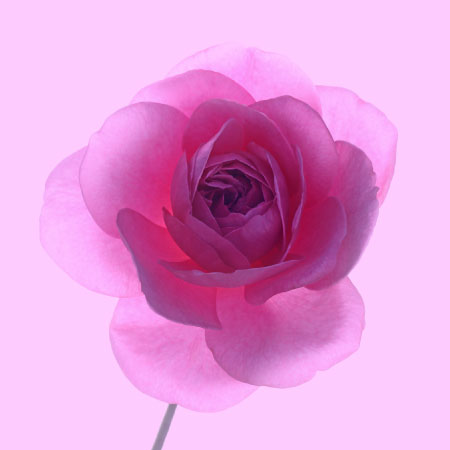Rose Chafer Facts: Treating Rose Chafers On Garden Roses
The rose chafer, like the Japanese beetle, is a true villain of the rose bed. Both appear to have the same habits and life cycles and attack plants and blooms without mercy.


Caroline Bloomfield
The rose chafer and the Japanese beetle are both true villains of the rose bed. Both appear to have the same habits and life cycles, going from eggs laid in the ground by the mature female beetles, hatching out to larvae/grubs in the ground and maturing to beetles that attack plants and blooms without mercy. Read on for more rose chafer facts and control info.
What are Rose Chafers?
In identifying the rose chafer (Macrodactylus subspinosus syn. Cetonia aurata), one will note that it is a tan, long-legged, slender beetle from 5/16 to 15/32 inches long (8-12 mm.). As you can see, this beetle is smaller than the Japanese beetle and does differ in appearance. They are, however, alike in the appetite and the damage they do.
The adult rose chafer's main diet is flower blossoms, especially those of peonies and roses. The damage they do to the blooms can be devastating.
Rose chafer damage can be recognized by the large, irregularly shaped holes all over the flowers, ruining the beauty of the blooms completely. These bad guy beetles also include some fruits in their diet, seeming to prefer the raspberry, grape, and strawberry. They will also feed upon the foliage of many trees and shrubs, such as apple trees, cherry trees, and birch trees. This rose chafer damage is created by eating the leaf tissue between the large veins and results in what is known as “skeletonizing” of the leaves.
Treating Rose Chafers
Treating rose chafers is important, not only for the health of your roses and other susceptible ornamentals, but for wildlife too. The rose chafer contains a toxin within its body chemistry that can be deadly to birds, including chickens. The same toxin can be deadly to other small animals when they eat these beetles.
As a part of keeping an eye on things in our gardens and rose beds, we need to keep an eye out for the rose chafers starting around late May (early spring), especially if there is a history of having rose chafer problems in the area or in our own gardens and rose beds.
Many gardeners feel there is little difference between the rose chafer and the Japanese beetle, as attempting to protect our plants and rose bushes from them is a daunting task, especially when there are large numbers of them!
Gardening tips, videos, info and more delivered right to your inbox!
Sign up for the Gardening Know How newsletter today and receive a free copy of our e-book "How to Grow Delicious Tomatoes".
Rose Chafer Control
Managing or eliminating this nasty garden pest by non-chemical means can be done by physically removing the rose chafers from the plants they are on. This works fairly well when there are small numbers of them. Place them in a bucket of soapy water to kill them once removed from the plant or bush.
Keep in mind that rose chafers are very good flyers and more can fly into your garden at any given time, thus keeping a good eye on things is vital to non-chemical control!
Using a physical barrier, such as cheesecloth, draped over the plants and bushes can be somewhat successful. The physical barrier will help protect plants and bushes from the flying pests; however, the grubs emerging from the soil will come up underneath the physical barrier. Therefore, the gardener must be vigilant to stay ahead of the problem.
Have a talk with your local garden center expert or extension service agent about the most current methods of safely controlling rose chafers. In the past, a number of chemicals were viewed as the only solutions, however, as we become a more environmentally conscious society, other safer and more organic solutions are discovered every year. Try horticultural sprays, neem oil and homemade insecticides before resorting to chemical controls.

Stan V. Griep contributed to Gardening Know How for many years, and has been a Colorado Native Rosarian for over four decades. He is an American Rose Society Certified Consulting Master Rosarian in the Rocky Mountain District, and a member of the Denver Rose Society, the Loveland Rose Society, and the American Rose Society. He is Gardening Know How's in-house expert on all things roses.
- Caroline BloomfieldManager of Marketing Communications
-
 12 Lush Alternatives To A Lawn For Sustainable Spaces
12 Lush Alternatives To A Lawn For Sustainable SpacesAlternatives to a lawn are beautiful and also beneficial to your local ecosystem and its pollinators. Explore our top picks for plants to replace grass.
By Tonya Barnett
-
 Types Of Tomatoes Explained: Explore The Many Wonderful Shapes, Colors, Flavors, & Best Uses
Types Of Tomatoes Explained: Explore The Many Wonderful Shapes, Colors, Flavors, & Best UsesThe world of tomato varieties is vast and fascinating. Learn about the key types to grow in your garden, tailored to your preferences and space.
By Amy Grant